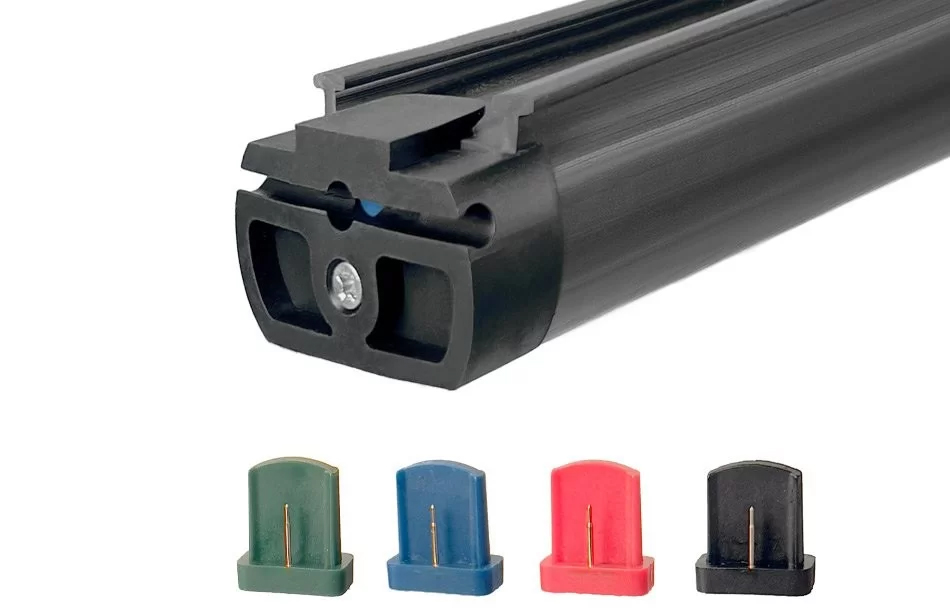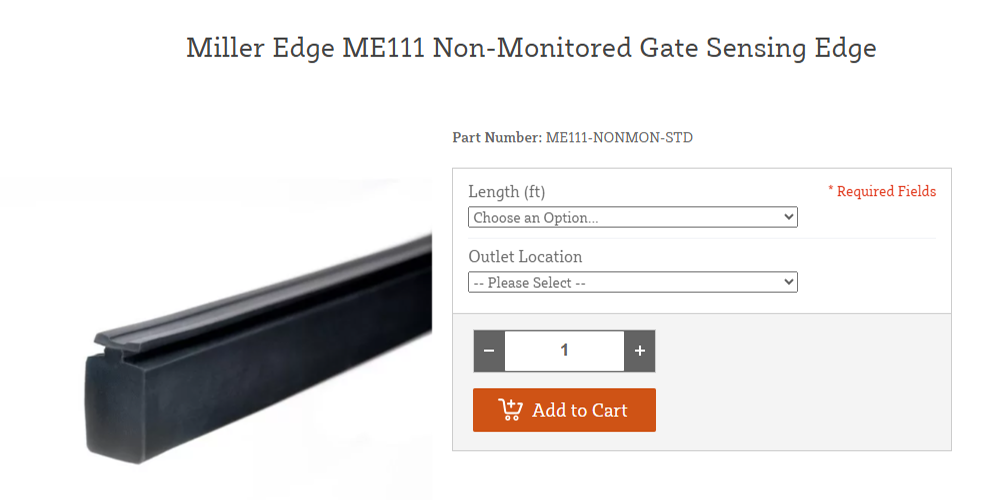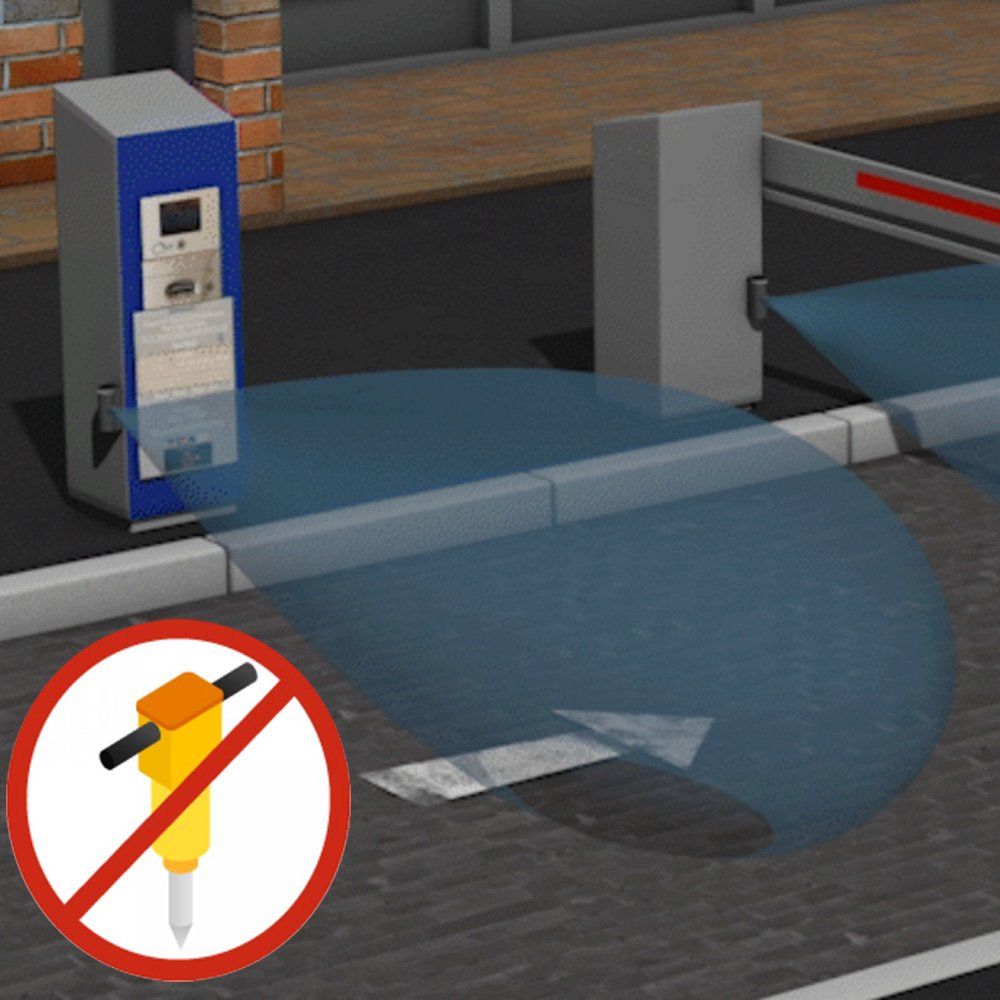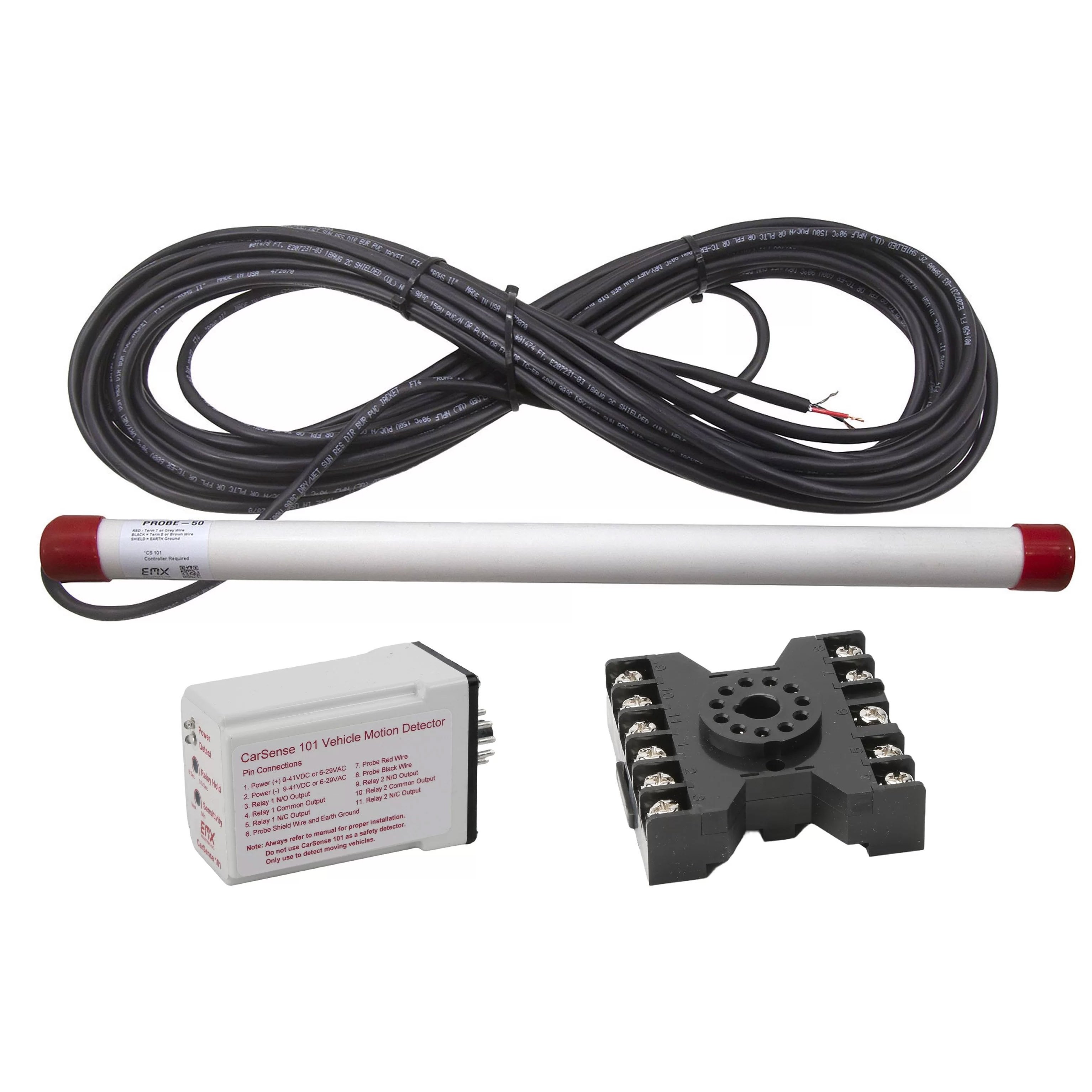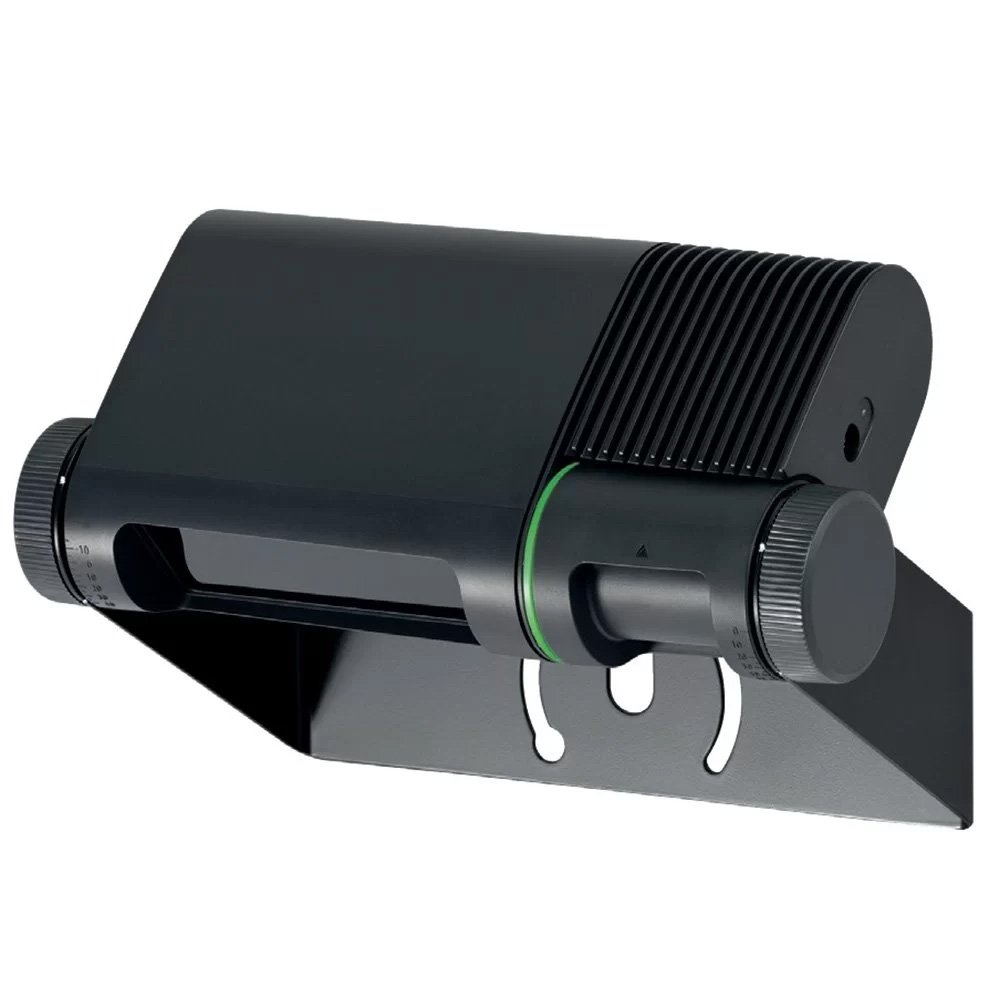When ordering a Sensing Edge, it can often be difficult to know exactly what it is that you're looking for or even looking at. Often, as is the case with Miller Edge, Sensing Edges are customizable in just about every sense possible from Length, Color, Channel Shape, Channel Color, End Cap Color, Outlet Location and more! Not only that there's a need to know what Monitored and Non-Monitored means in terms of Sensing Edges in order to know the Edge Designator that you want, another long list of terms and information to process at the same time. Lucky for you, we have this handy guide to not only help you quickly understand the ins and outs of a Sensing Edge, but also how to order one in the most simple, convenient way possible.
What is a Sensing Edge?
A sensing edge is a type of touch-activated safety device mounted to the leading edge of motorized doors, gates, or machinery. When an object or person comes into contact with the sensing edge, it compresses and sends a signal to stop and/or reverse the motion of the door or gate, preventing injury or damage. These edges are essential for safe operation and compliance with UL 325 standards.
What is a Monitored Sensing Edge? What is a Non-Monitored Safety Edge?
A Monitored Sensing Edge is a safety edge that continuously communicates with a gate or door operator to verify functionality. If the edge is damaged or disconnected, the operator will not function, ensuring the safety system is intact. This is required for UL 325 compliance in most new gate installations, and these systems often use specific resistance levels, diodes, or capacitors to identify edge type.
A Non-Monitored Sensing Edge, on the other hand, is a basic version that doesn’t provide feedback to the operator. These edges activate only when compressed, but do not monitor their own status. While still functional, they are often used in applications where UL 325 compliance isn't required or for retrofit purposes where older operators don’t support monitored input.
Monitored Sensing Edge Designators
Monitored Sensing Edge Designators refer to specific electrical configurations used to distinguish the type of monitoring built into the edge. These designators (such as T1, T2, etc.) identify resistor or capacitor values and are often color-coded. This helps match the sensing edge to the correct operator for compatibility and compliance. The table below outlines common designators and their operator associations.
| 2 Wire Edge Designator | Designator Description | Operator Manufacturer | Outlet Wire Color Code |
|---|---|---|---|
| T1 | 8.2K Ohm Resistor | Typically European Use | Green |
| T2 | 10K Ohm Resistor | Cornell / US Gear | Blue |
| LiftMaster / Chamberlain | |||
| Linear | |||
| Manaras | |||
| Micanan | |||
| Raynor | |||
| VE Power Door | |||
| Cookson | |||
| Lawrence | |||
| T3 | Diode Capacitor | Overhead Door (Only) | Red |
| T4 | Capacitor | Linear (Transmitter) | White |
| T5 | 6.8K Ohm Resistor | Custom Applications | Orange |
| T6 | 270K Ohm Resistor | LiftMaster CPS Board | Violet |
| 4 Wire Edge Designator | N/A | LiftMaster | None |
How To Test a Safety Edge Sensing Edge Comparison
What is a Mounting Channel?
A Mounting Channel is the structural component that houses the sensing edge and allows for secure attachment to the moving part of a gate, door, or other device. Channels come in various shapes, materials, and styles to fit different edge models. They also help protect the edge from damage while ensuring proper alignment and compression for activation. Choosing the right mounting channel is key to effective and safe installation of a sensing edge system.
| Profile | Model | Compatible Edges | Color & Material |
|---|---|---|---|
 | ME110-C | ME110, ME111, MG110 | Black, Rigid PVC |
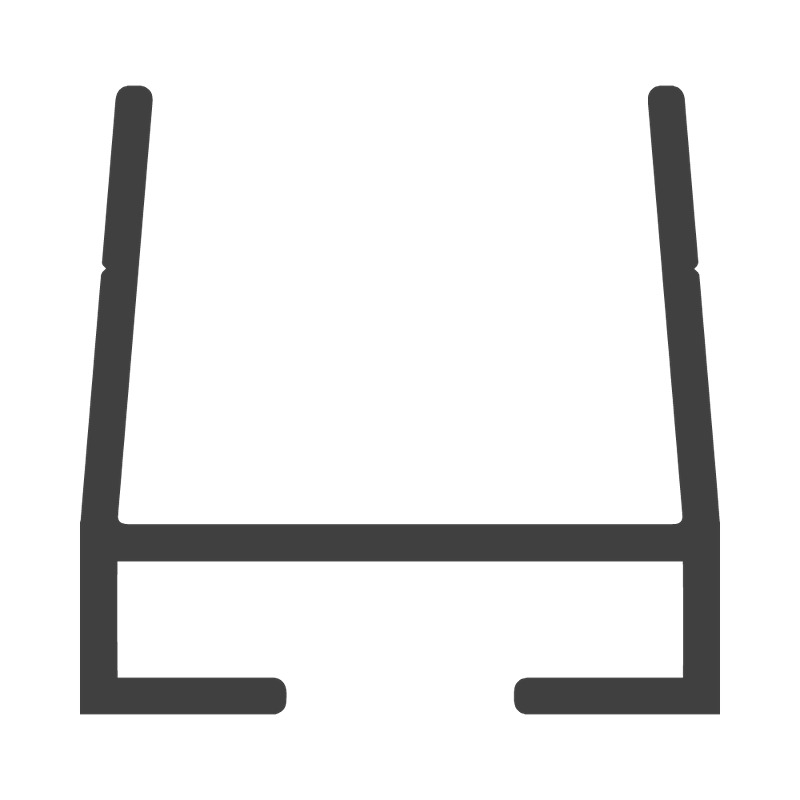 | ME110-C2 | ME110, ME111, MG110 | Black, Rigid PVC |
 | ME110-C3 | ME110, ME111, MG110 | Black, Rigid PVC, double-sided tape |
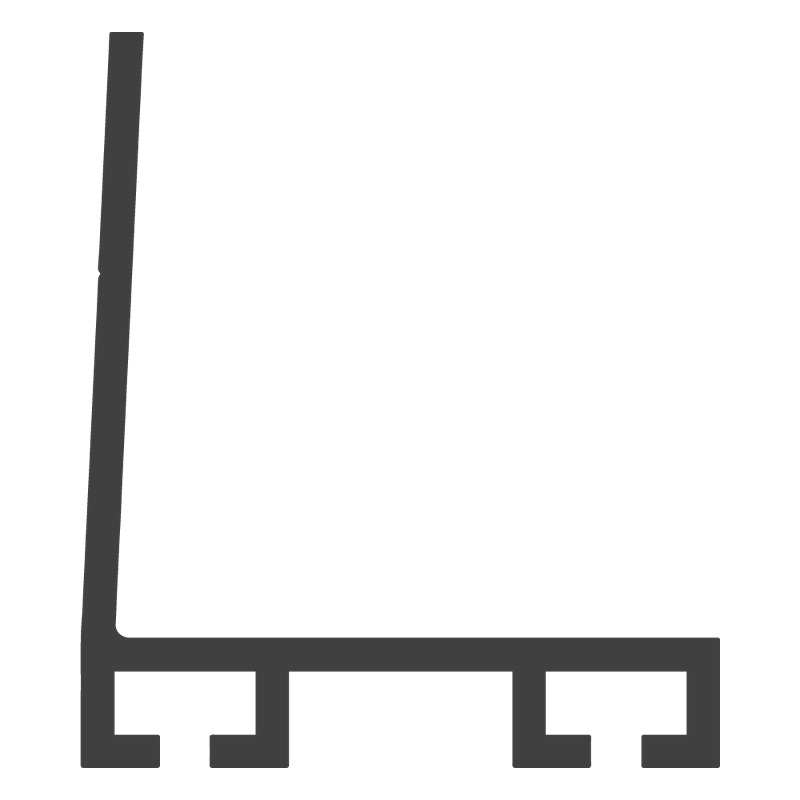 | ME112-C3 | ME112 | Black, Rigid PVC |
 | ME112-C7 | ME112 | Black, Rigid PVC |
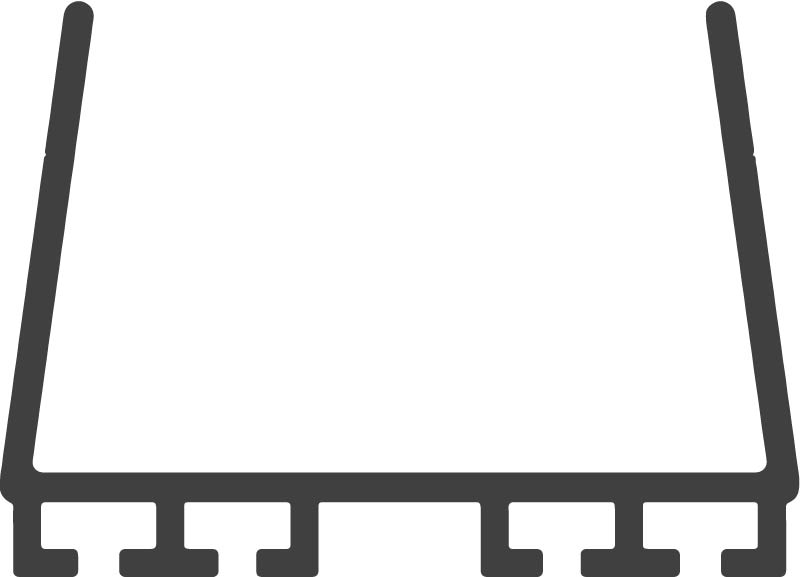 | ME112-C4 | Clima-Guard | Black, Rigid PVC |
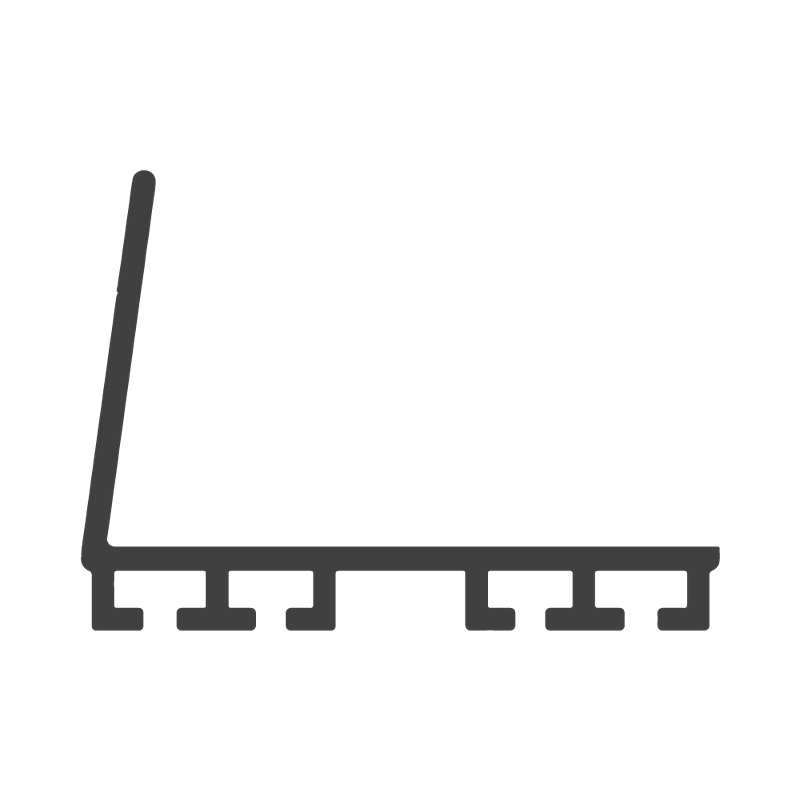 | ME112-C43 | Clima-Guard | Black, Rigid PVC |
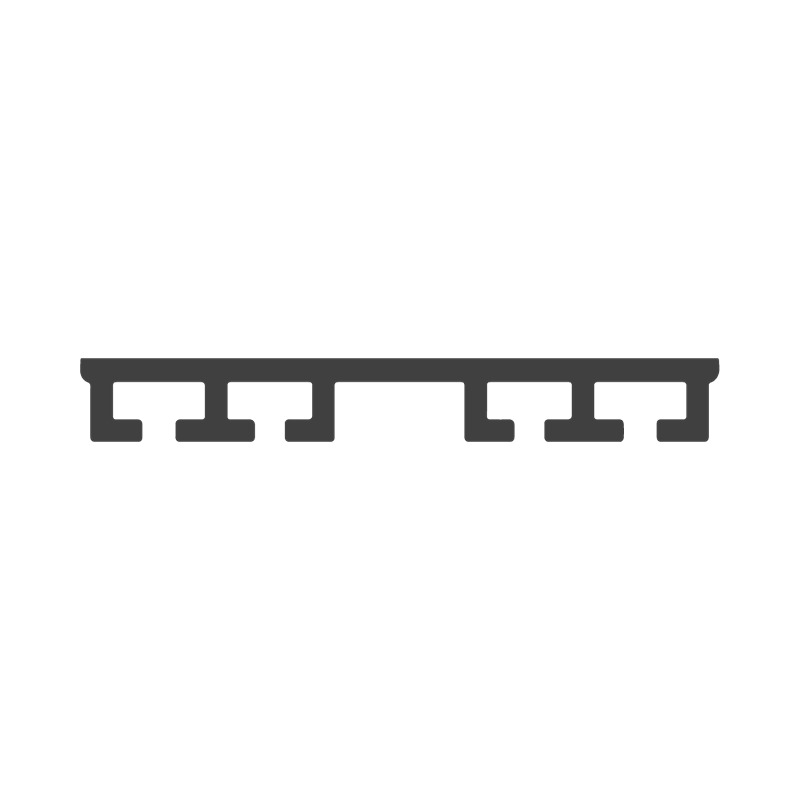 | ME112-C47 | Clima-Guard | Black, Rigid PVC |
 | ME113-C | ME113 | Black, Rigid PVC |
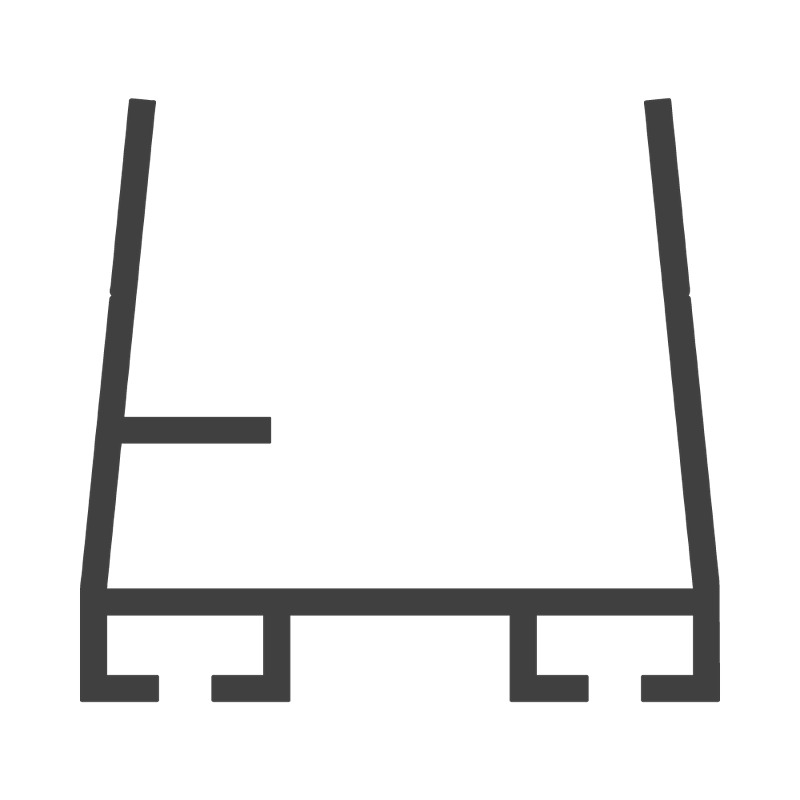 | ME113-C2 | ME113 | Black, Rigid PVC |
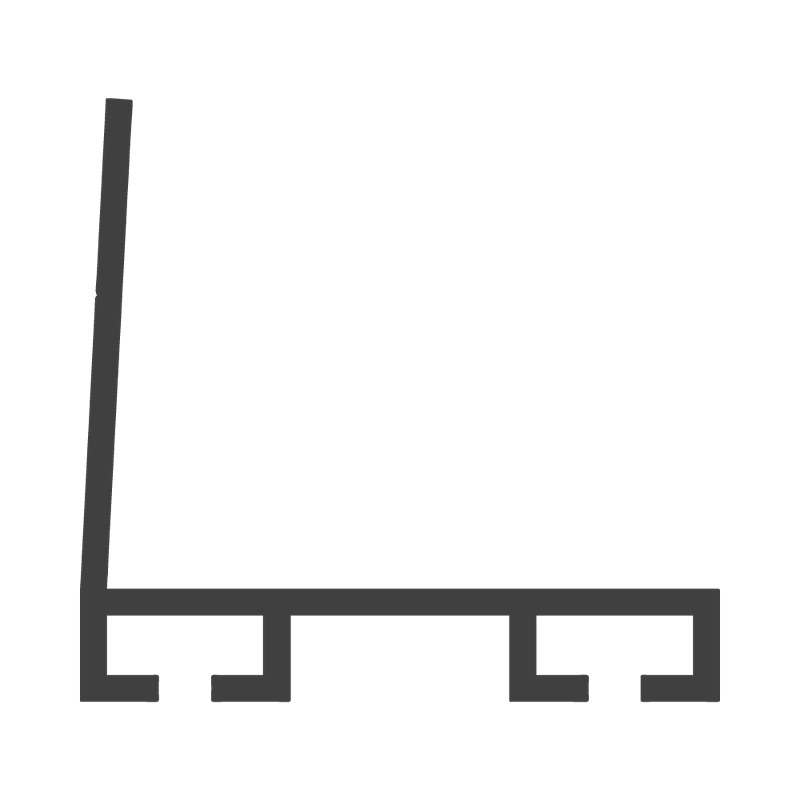 | ME113-C3 | ME113 | Black, Rigid PVC |
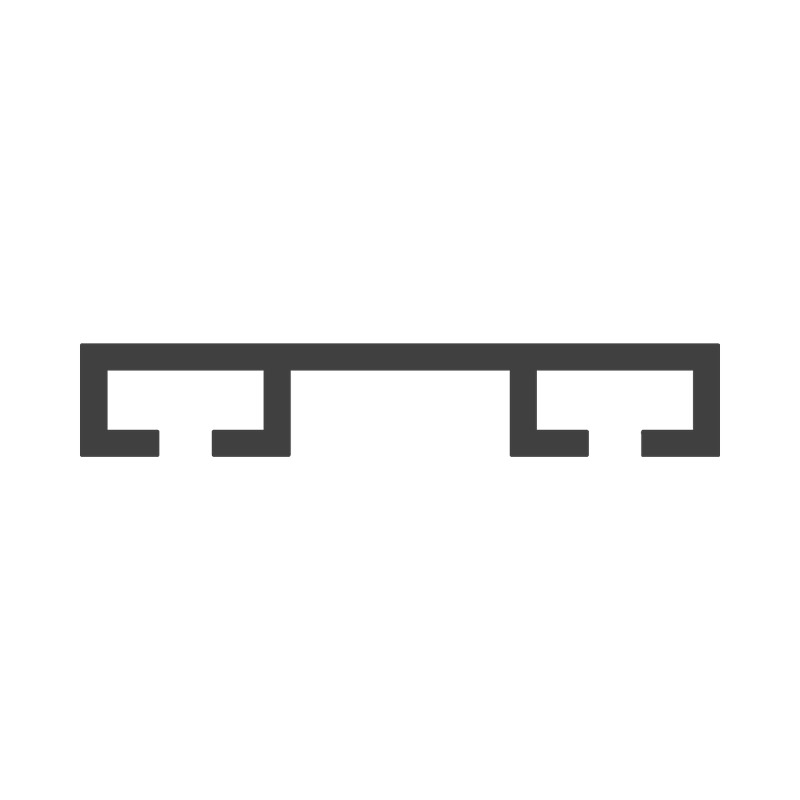 | ME113-C7 | ME113 | Black, Rigid PVC |
 | ME117-C7 | ME117 | Black, Rigid PVC |
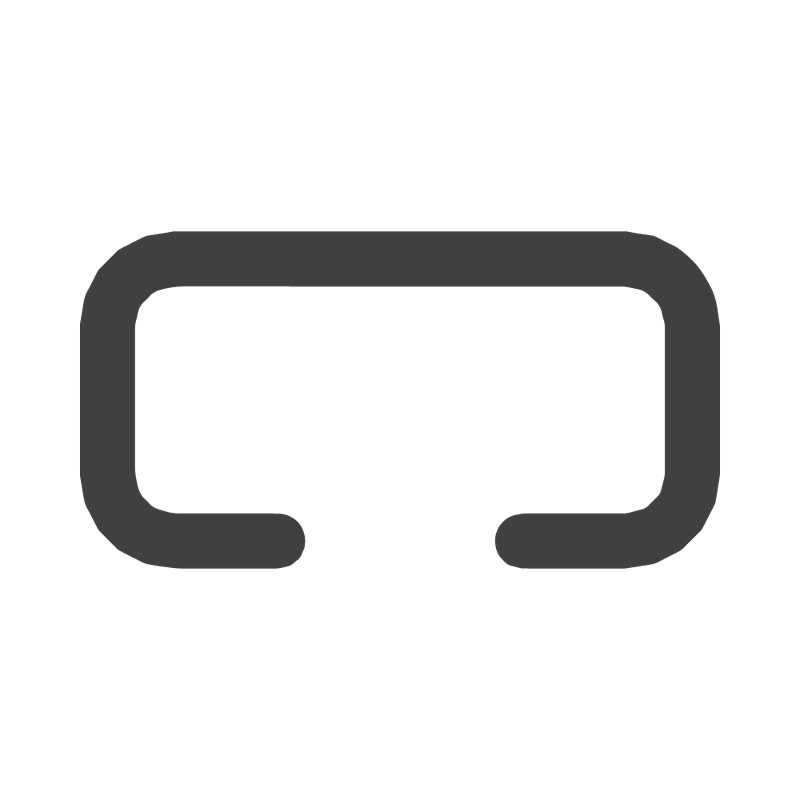 | ME120-C | ME120, MGO20 | Black, Aluminum |
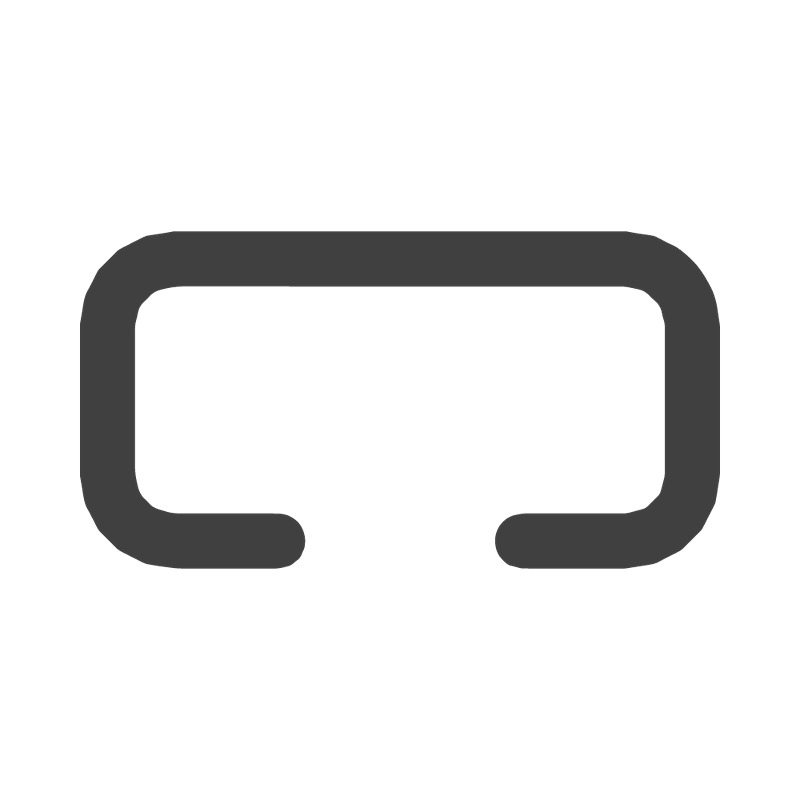 | ME120-PC | ME120, MGO20 | Black, Rigid PVC |
 | ME120-C5 | ME120, MGO20 | Black, Aluminum |
 | ME123-C | ME123, MG123, CPT223 | Black, Rigid PVC |
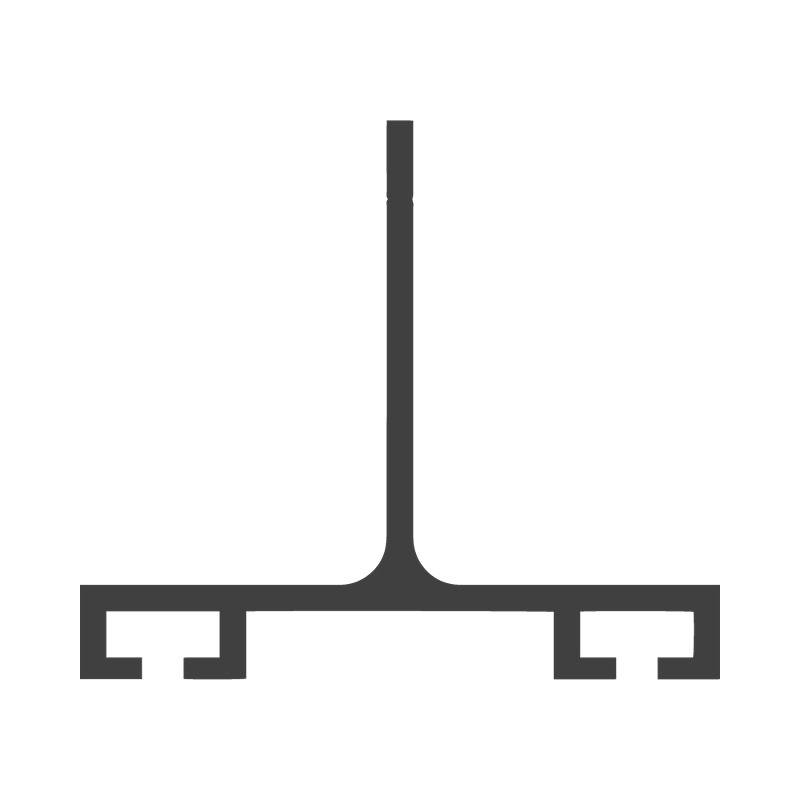 | ME123-C1 | ME123, MG123, CPT223 | Black, Rigid PVC |
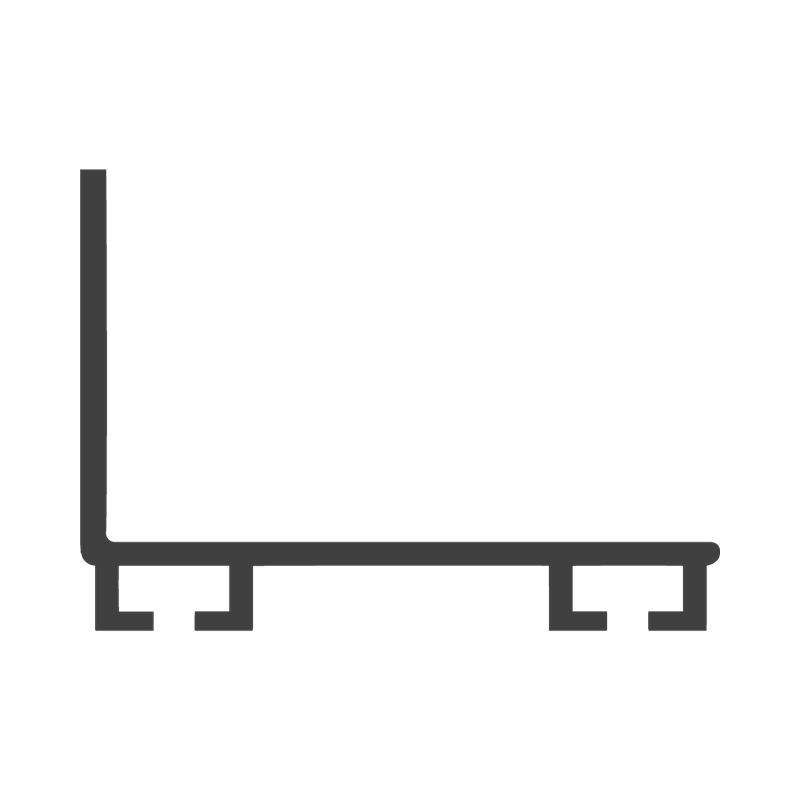 | ME123-C3 | ME123, MG123, CPT223 | Black, Rigid PVC |
 | ME123-CA3 | ME123, MG123, CPT223 | Mill Finish, Aluminum |
 | ME123-C7 | ME123, MG123, CPT223 | Black, Rigid PVC |
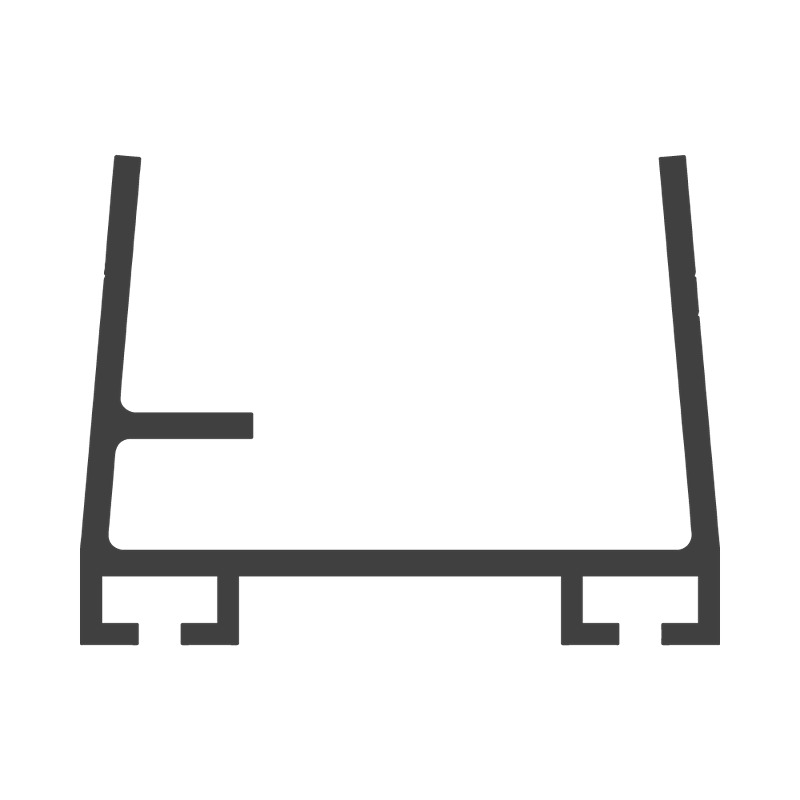 | ME123-C2175 | ME123, MG123, CPT223 | Black, Rigid PVC |
Shop Sensing Edge Channels
Sensing Edge Accessories Breakdown
Miller Edge offers a wide selection of accessories designed to enhance installation, improve safety, and extend the life of your sensing edge system. These accessories help you create a complete and reliable solution tailored to your specific application. Below is a breakdown of the most commonly used sensing edge accessories:
- Coil Cords: Available in 2-, 3-, or 4-conductor, 18- or 22-gauge options; lengths range from 12 to 24 feet; polyurethane or neoprene jackets for indoor/outdoor use.
- Retractable Cords: Compact cable reel systems allow for tension-free cable movement and easy rewinding, ideal for moving gate sections.
- End Kits: Complete kits include resistors or capacitors for monitored/non-monitored configurations (e.g., T1, T2, T3, Universal kits); necessary for sealing the edge and enabling safe operation.
- Junction Boxes: Metal junction boxes like the JB-02 allow for protected, weather-resistant electrical connections.
- Quick Disconnects & Locking Devices: Male and female connectors that make wiring easier, faster, and more secure; available in multiple configurations for different edge types.
- Adhesives: Miller Edge 124-11 adhesive for sealing and bonding edges within mounting channels or to surfaces.
- Warning Labels: CT-1D caution tags ensure proper signage is visible for code compliance and user safety.
- Air Hose Fittings: Brass fittings and couplers for pneumatic edge systems.
- Edge Testers: Tools designed to confirm the function of sensing edges in both monitored and non-monitored systems.
- Wire Harnesses: Pre-wired solutions for easier connection between edge and operator.
- Mounting Hardware: Screws, brackets, and rivets for edge or channel attachment.
- Miscellaneous Tools: Edge extrusion cutters, antennas, bumpers, and other helpful installation aids.
Shop Sensing Edge Accessories
How to Order a Sensing Edge
So, now that you fully understand what a Sensing Edge is, what it does, and all of the specifics about it, you are finally ready to order a Sensing Edge! The first step is to of course choose a Sensing Edge! Choose from our wide selection of Sensing Edges in dozens of shapes and styles. You should determine first if you are looking for a Sensing or Non-Sensing Edge as this will make your selection process much easier. All of our Sensing Edges come in sizes ranging from 1 to 40 foot lengths, so don't be too concerned about length when choosing! When you've selected an Edge, your screen should look like one of the two images below.
You'll notice that there are boxes asking you to select Length and Outlet Location for both Monitored and Non-Monitored Sensing Edges. For Monitored Edges Specifically, you will also be prompted to choose an Edge Designator (as seen above). In some cases, you may also be prompted to choose your color as some Sensing Edges are available in more than just black or gray. When clicked, a drop down window will appear and all of the available options for that specific edge will appear as seen below. The cost of each edge has already been factored in, so don't worry about any hidden fees! After you've selected all of your desired options, simply hit "Add to Cart" and you're all done.
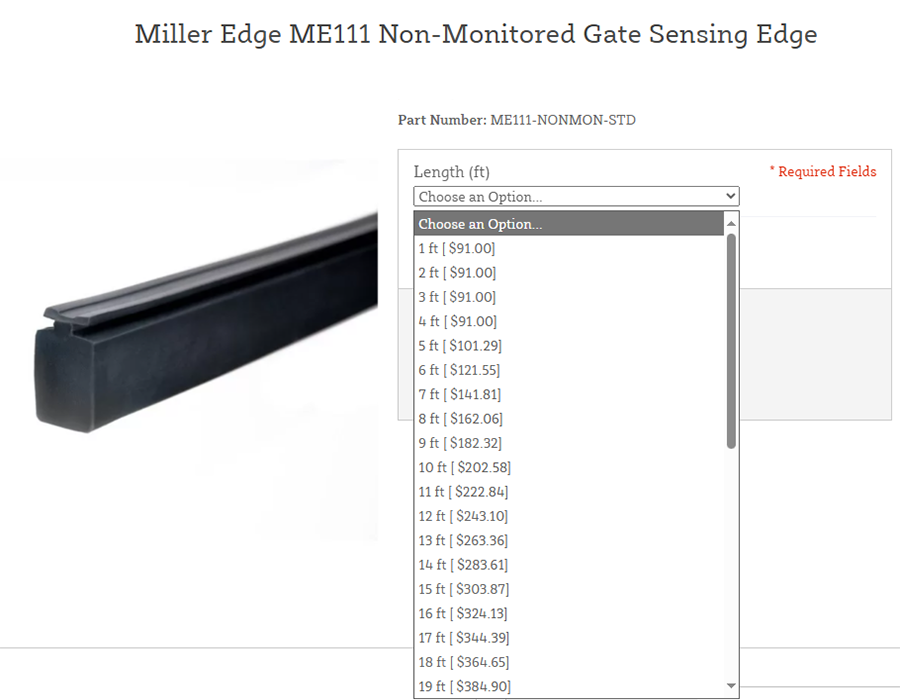
Example C: Length Dropdown
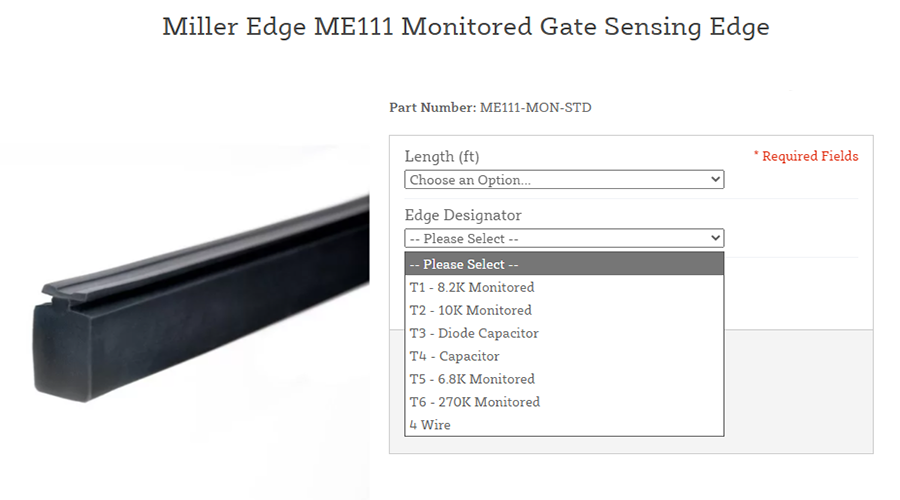
Example D: Edge DesignatorDropdown
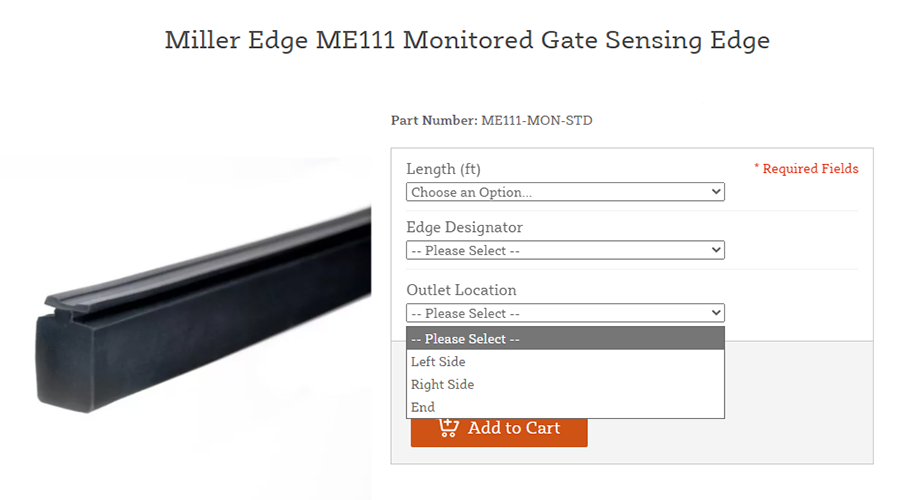
Example E: Outlet Location Dropdown
Still got Questions? Feel Free to Contact Us
Want even more info? If you're still unsure or need help matching your operator to the correct edge, our team is here to help. Whether you're replacing an old edge or setting up a new UL 325 compliant gate system, expert guidance is just a message away. Reach out to us today and let us help you find the right sensing edge solution for your project!
Contact Us Shop Gate Safety Edges
